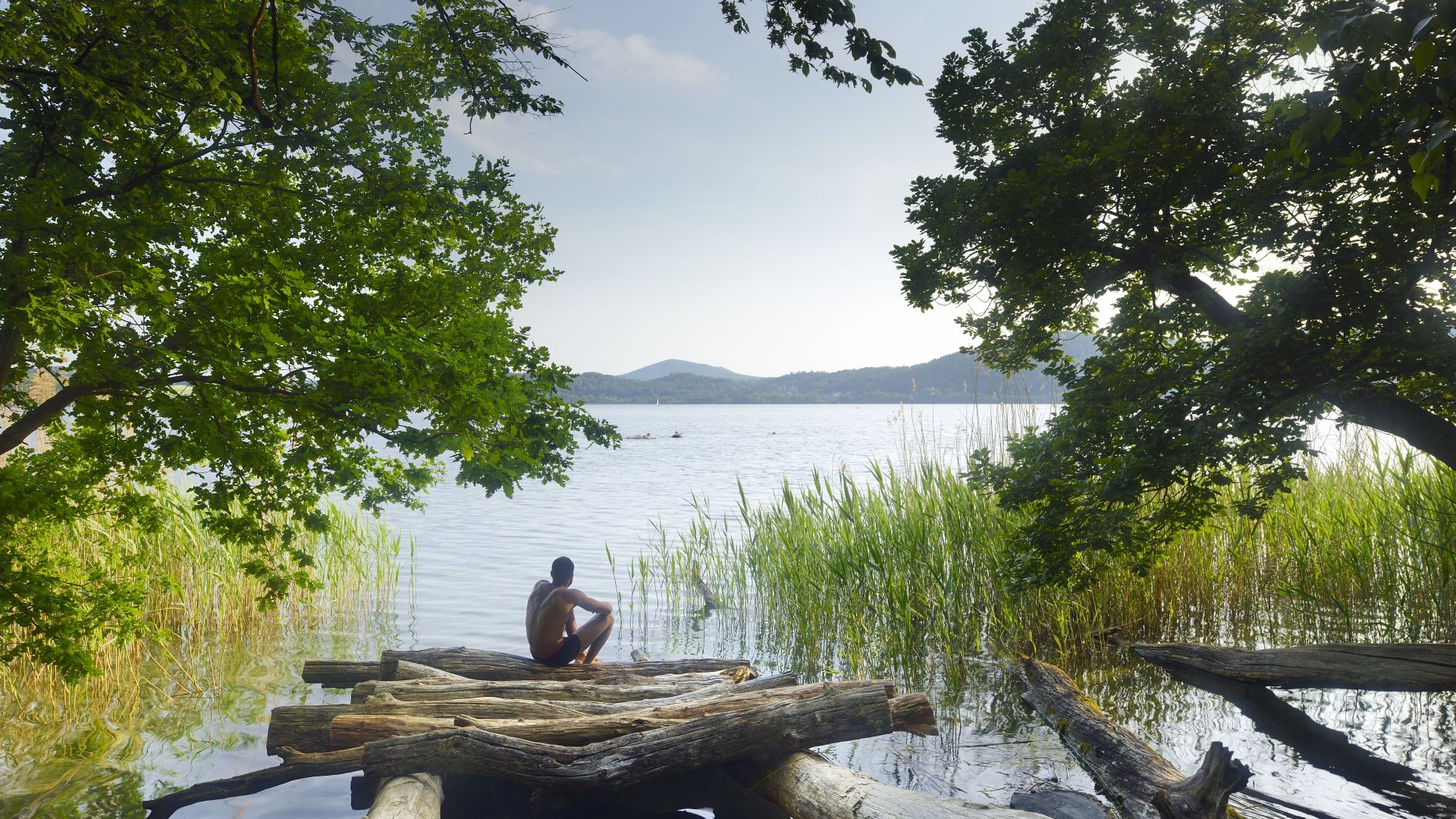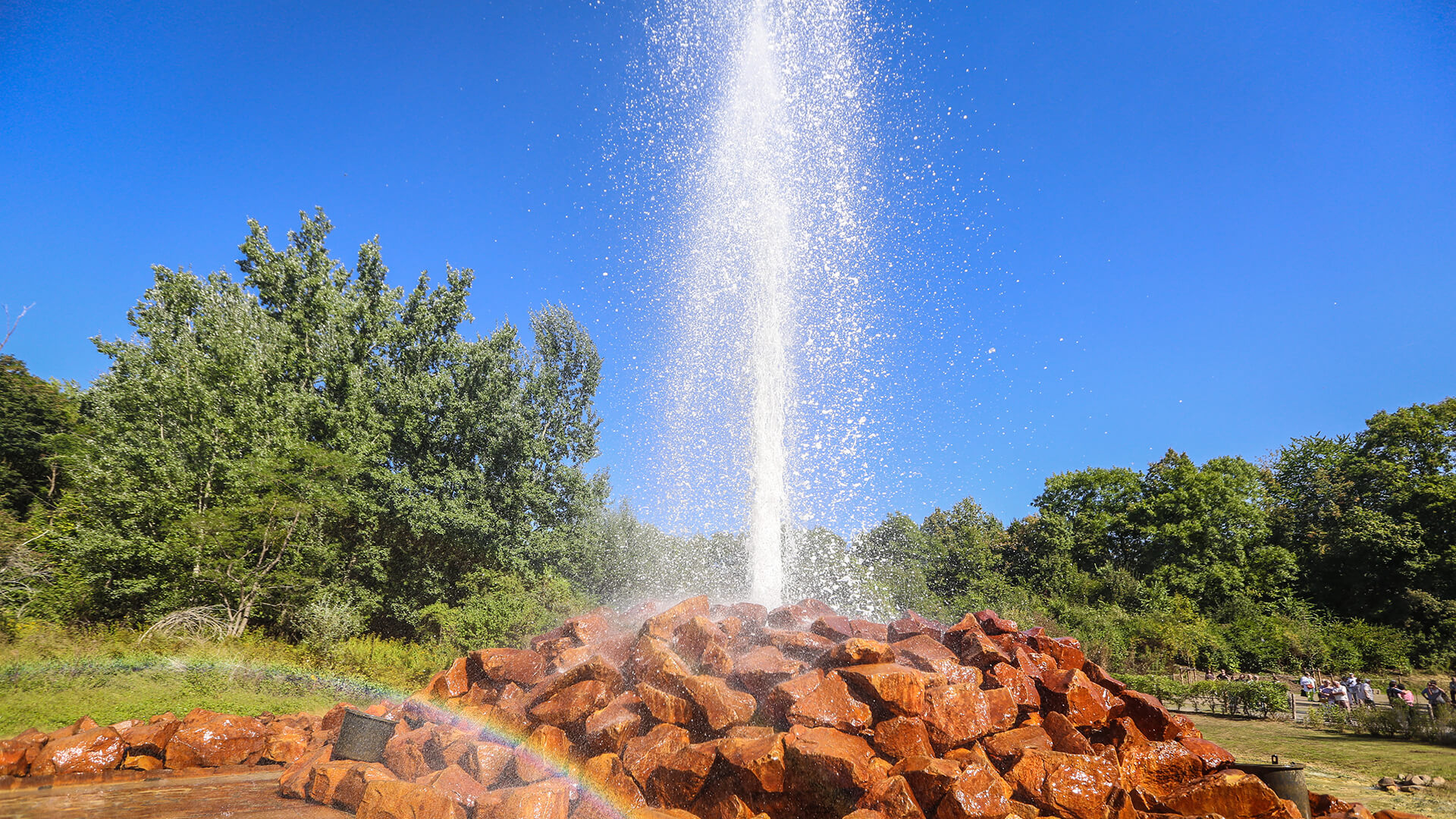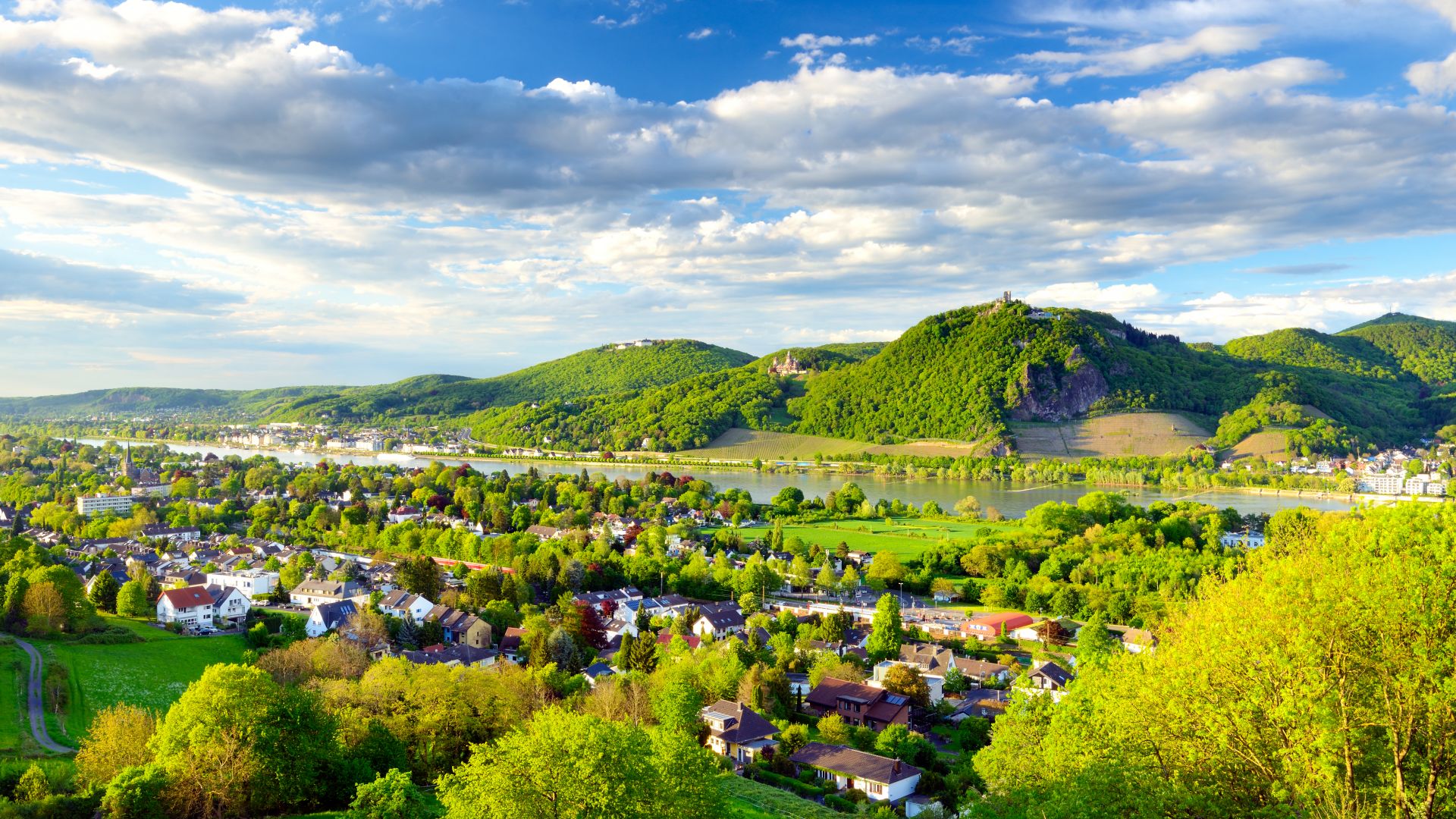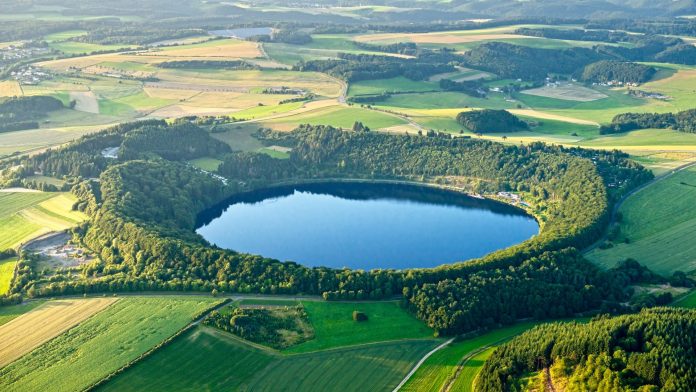[ad_1]
Mountains and crater lakes, basalt columns and geysers: German volcanoes have long been inactive, but their tracks are still very much present – for example in the parks of geo- and natural.
They no longer spit lava or smoke. Dense forests cover its slopes, fresh water fills its flowing lakes: Germany’s volcanoes have existed for thousands of years or are recent attacks – the last eruption it was about 13,000 years ago.
If you go looking for details, you will be surprised at how many volcanoes there are – from the western Eifel with several hundred volcanoes to the Vogelsberg and Rhön in of Upper Lusatia on the border of the Czech Republic, not forgetting the Kaiserstuhl and the Upper Palatinate in the south.

Glees: Relaxing in the nature reserve Laacher See in Vulkaneifel
©DZT (Francesco Carovillano)
Hiking around the circular crater lakes
A geological journey through time is especially interesting when you discover natural phenomena, such as the Vulkaneifel Geopark with around 350 volcanoes and the formation of “maars” – round and often deep lakes blue caused by the explosion of water vapor when magma and underground water meet. .
You can get the best overview of the Vulkaneifel by driving the German Volcano Road which has around 40 places related to the volcano, including cinder cones, lava flows and springs. Don’t miss the Andernach waterfall, the tallest of its kind in the world, which regularly shoots up to 60 meters into the air.

Andernach: A hot spring
©AdobeStock (Marcel Hilger)
Seven great mountains
To the right of the Rhine, the Siebengebirge continues a series of volcanoes that erupted there millions of years ago. It was the Rhine that later created a place of love, which is indicated by mysterious names such as Drachenfels, Nachtigallental or the Great Mount of Olives. Löwenburg is one of the “seven great mountains” – from the top of the ruins of the medieval castle the view is very wide.
Many volcanic features are the focus of ten different areas around the Siebengebirge Nature Park, for example tuff caves and basalt quarries, but also the remains of early stonemasons. If you would like to delve deeper into the topic, you will find what you are looking for at the Siebengebirgsmuseum in Königswinter.

Bonn: Rhine and Siebengebirge
©DZT (Francesco Carovillano)
Basalt columns and stone cellars
In recent years, amazing discoveries by volcanologists have caused a stir in Bavaria’s volcanic region, the Upper Palatinate. The findings indicated that the date of the recent eruption in Bavaria must be millions of years old. The characteristics of this area are the impressive basalt columns, which can be found on a 682 meter hike to the top of the Rauhen Kulm or Parkstein.
Alexander von Humboldt described the formation of black rocks made of pentagonal and hexagonal columns, with the “National Geotope” seal, as “the most beautiful basalt cone in Europe”. In the “Parkstein Volcano Experience” you can explore the mountain on a geopath and visit the rustic stone cellars – a way into the interior of the volcano.
[ad_2]




